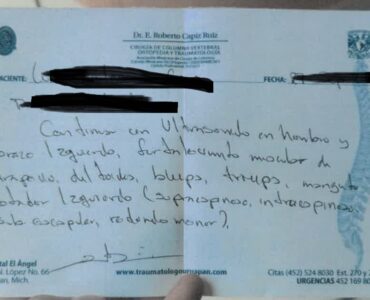The Four eyes principle is a requirement that two individuals approve some action before it can be taken. The Four eyes principle is sometimes called the two-man rule or the two-person rule. (from an official European Union website)
Every reputable translation agency uses a quality assurance system in its work process. The QA process can include a number of different steps depending on the nature of the project and the customer’s needs. But the standard process should include at minimum a review which is performed by a linguist other than the translator who possesses an equal competence. This is what is refereed to as the four-eye principle in the translation industry. The method means that at least two professional linguists – a translator and a reviewer – have checked and approved the translated material before the project is delivered to the customer.
What is the purpose of language review?
Errare humanum est , to err is human. Even the most competent translator makes mistakes. Tight deadlines and large volumes put a lot of pressure on translators, which can result in a misspelled words, missing texts or a misinterpretation of an expression (mistranslation). When technical, terminological and other aspects of the project are added to the equation, it is not difficult to understand that mistakes can occur.
Language review is a type of quality control of the translated material conducted by a second translator or reviewer. This language review includes finding and correcting common mistakes such as spelling errors, mistranslations, omitted words and terminological inconsistencies. The review process is also intended to check the appropriateness of the material with the agreed purpose based on specific project requirements, preferred terminology and reference material.
When reviewing the material, the focus is mostly on relevant changes and not on wording if they do not involve style violations (for example, the use of informal style or slang in a legal or medical translation). However, in most cases the responsibility for wording and the tonality of the text still falls on the translator, as these are subjective preferences that cannot always be objectively evaluated.
Just because a second language reviewer goes through the text does not mean that the translation is bad or that the translator’s work is deficient – it is an industry practice based on the rational assumption that two people see more than one, and can correct errors in time. This is why commercial translations must undergo a quality assurance in the form of language review performed by a person other than the translator.
Quality assurance and LQA
We can not stress enough the importance of every serious translation agency using some form of language review or LQA process (Language Quality Assurance) to ensure that there is documentation and traceability through all phases of a delivered translation project. When ordering document translation services, be sure to check the QA process used by the translation company.
These routines involve quality assurance that includes language review or LQA, or both. Throughout the process, it is possible to track how the language review work has been carried out, which also includes documentation with the detected and corrected errors as well as a possible discussion to help the translator deliver even better translations in the future.
Tools used in the review process

Professional translators, at least the good ones, translate using a CAT (Computer-Assisted Translation) tool. Using a CAT tool reduces common errors such as skipped segments and mistranslations. This is due to the interface of the CAT tool which leads the translator through the text line-by-line or sentence-by-sentence. The CAT tool does not allow the translator to skip segments. Some CAT tools also offer online term bases and other tools which are designed to promote consistency in the translated text. A good translator who is proficient with her/his CAT tool will usually turn in a high quality translation. But still, mistakes can happen and the text must be reviewed by a second pair of eyes.
Depending on the type of project and format of the translated material, a number of these and other tools are used in the language review phase. The most common include the integrated spelling and grammar checker tools of text editors and CAT tools, edit and comment functions, translation memories and term databases, as well as terminological guidelines and customer-specific writing rules. The final review should also include a plain-vanilla review, whereby the reviewer reads the translated document or texts from start to finish in order to make sure that the final results reads correctly. If the translation is for a website or a software product, the final result should be reviewed in context to verify that the data flow is correct.






This blog shows that even expert translators can make mistakes, especially when working under pressure, and explains why having a second review is so important.
It clearly explains the process of reviewing translations, including using tools like CAT and quality checks to find and fix errors. It’s good to know that trusted translation agencies use these steps to make sure the final result is accurate. This is a helpful read for anyone who needs reliable translation services.